Discover the best AI tools for stock trading, how they work, and ways to use them for more intelligent investment decisions.
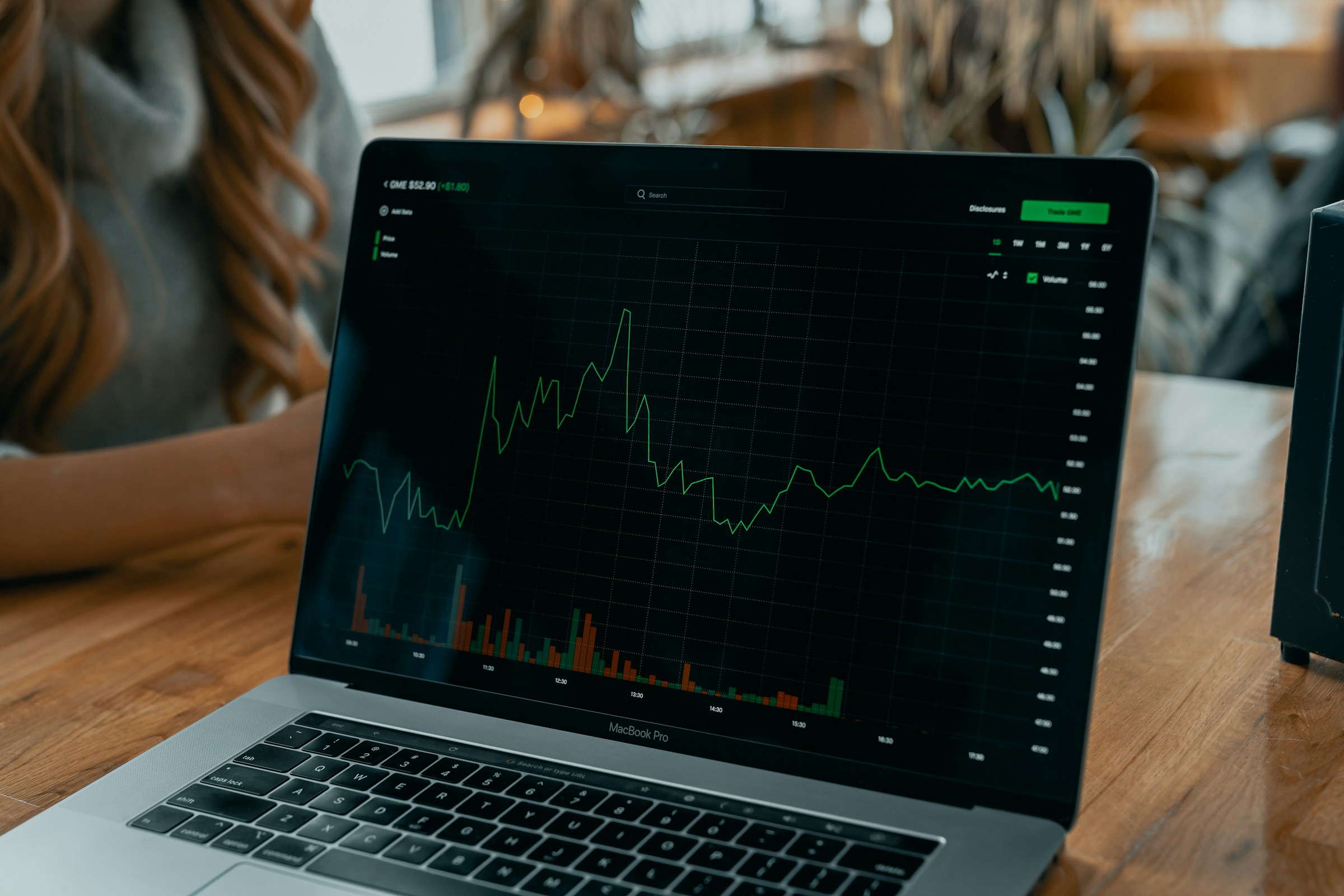
You open your trading screen and see a flood of charts, news, and price swings, and wonder how to separate noise from real signals. Trading using AI can help by applying machine learning, predictive analytics, and automated trading to spot patterns, test strategies, and manage risk. But which tools match your goals for faster signal generation, reliable backtesting, or more intelligent portfolio optimization? We break down the top AI tools for stock trading and show how they use data feeds, sentiment analysis, algorithmic trading, and risk control so you can choose with confidence.
To help with that, Trading Bot Experts offers the best trading bots as a simple way to compare real-world performance, fees, and ease of use so you can find the AI tools that fit your strategy.
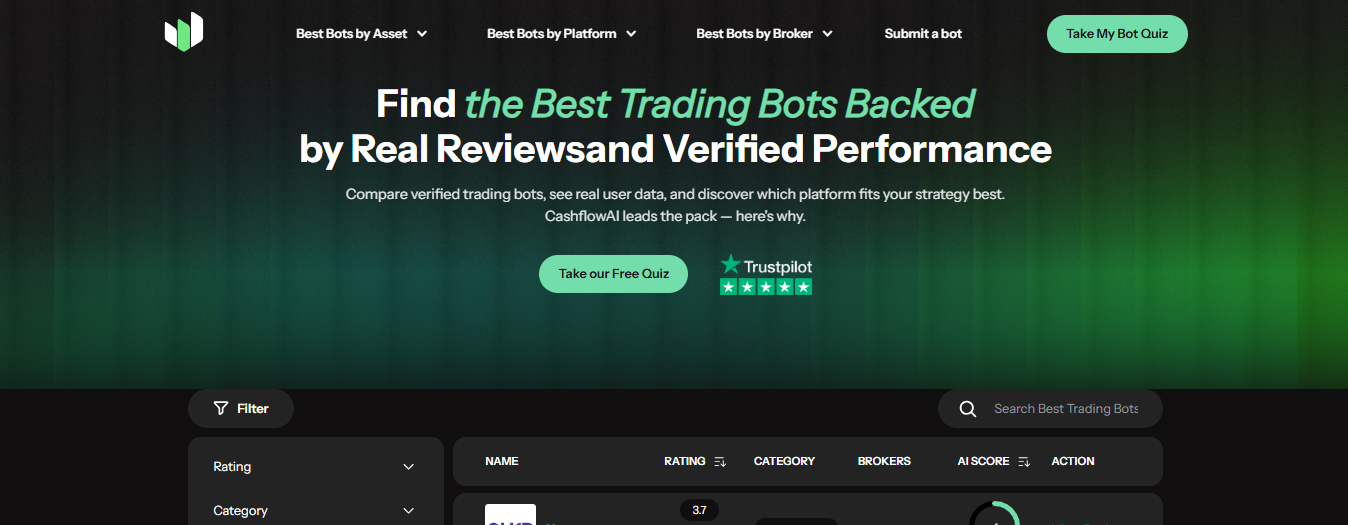
Trading Bot Experts is a trusted platform dedicated to helping traders identify and choose the best AI trading bots. Combining verified user reviews, real performance data, and expert insights, it provides a clear, data-driven view of leading trading bots suited for diverse asset classes and trading styles.
Trading Bot Experts stands out as a top AI tool platform for stock trading by combining transparency, customization, and extensive user validation to help traders of all levels find the best automated trading aides for their financial goals.
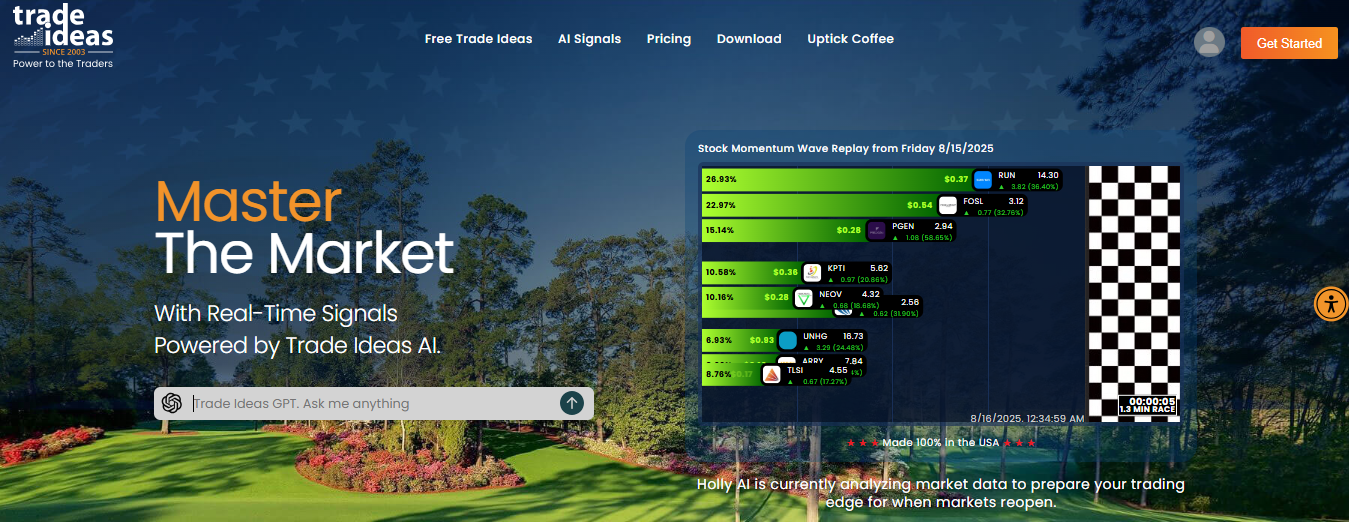
Trade Ideas is a comprehensive stock trading platform that leverages artificial intelligence to provide real-time stock scanning, automated trade signals, and actionable trade alerts. Designed to empower active traders, it combines advanced AI-driven insights with customizable tools and seamless broker integration to enhance trading decisions and strategy execution.

AlgoTrader is a sophisticated platform focused on systematic quantitative trading driven by advanced AI and machine learning. Its tools are tailored for professional traders and financial institutions seeking automated, mathematically grounded strategies that operate autonomously. The platform integrates real-time risk evaluation and robust data analytics to enable quick reactions to market changes, supporting portfolio diversification and long-term stable returns.
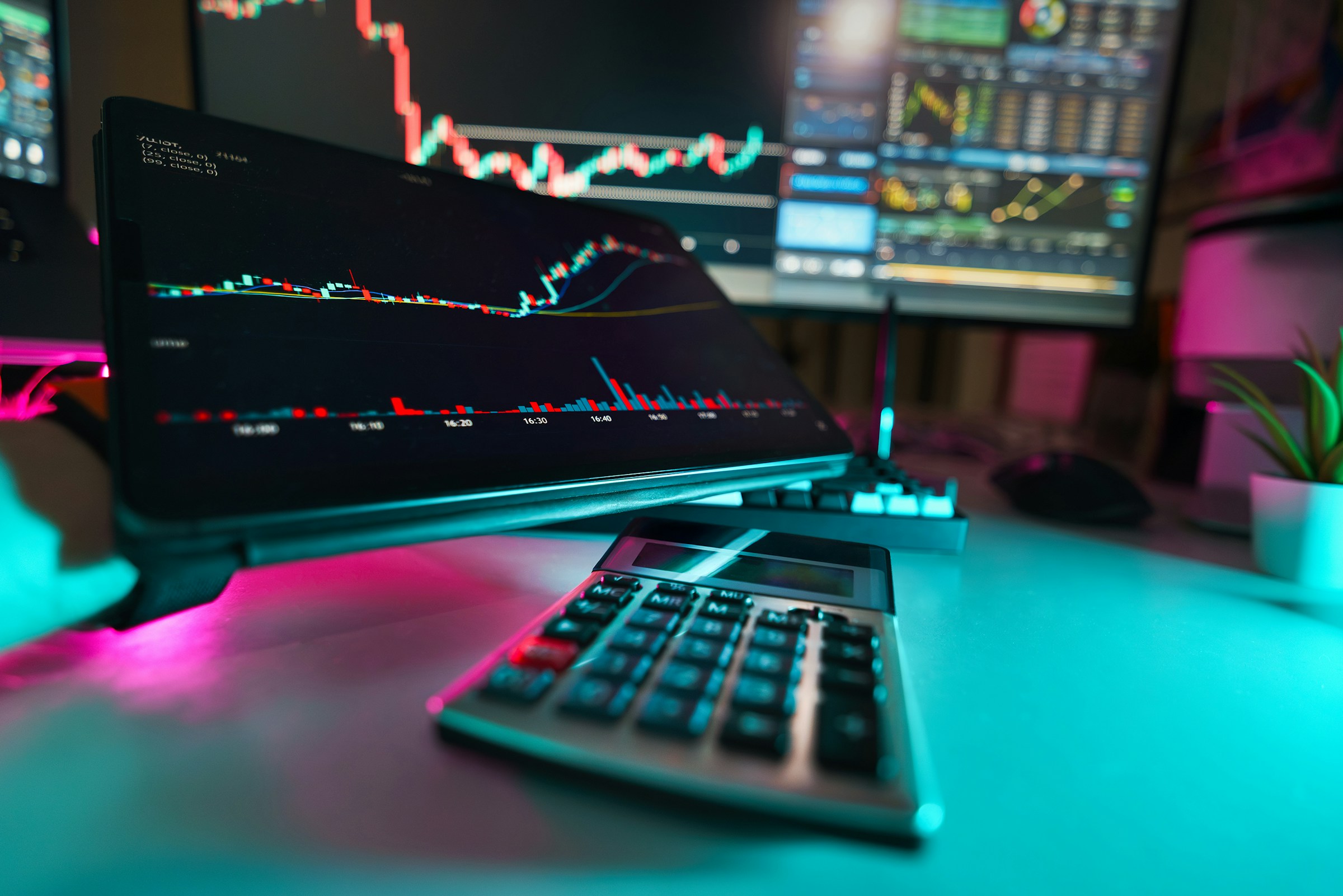
AI tools for stock trading act like tireless assistants, capable of processing enormous amounts of data within seconds. They make decisions in the financial markets based on pure data analysis, avoiding the emotional biases that can affect human traders. Unlike conventional trading methods, which depend on manual analysis and gut feelings, AI-driven trading uses technologies like machine learning, deep learning, and predictive analytics to spot trends, optimize trading strategies, and execute them automatically.
These AI systems analyze vast volumes of both historical and live data, including stock price movements, financial news, economic signals, and social media sentiment, to accurately assess current market conditions. By leveraging AI tools, hedge funds, fintech startups, and individual traders can better manage risks, enhance profitability, and remove emotional factors from their stock trading decisions. For fintech companies, AI not only improves trading strategies and risk control but also personalizes user experiences, helping them stand out as industry leaders.
The adoption of AI-powered trading bots and platforms is growing in 2025, with sophisticated AI engines that can run millions of simulated trades to find the highest-probability opportunities. These tools work 24/7, enabling faster responses to market fluctuations and helping traders seize opportunities that would be impossible to spot manually. They also provide customizable signals and strategy builders that accommodate differing trading styles and risk tolerances.
Compare tools on transparency, data support, backtest realism, API access, and paper trading capability. Evaluate vendor track record, community reviews, and support for custom strategies and model interpretability. Look for modular platforms that let you plug in your own features and execution rules. Among the many AI tools available for stock trading, Trading Bot Expert stands out as a sophisticated option designed to empower traders with automated strategies and insights. It leverages advanced machine learning and real-time market analysis to help users make informed decisions quickly, minimizing risks while optimizing potential returns.
Trading Bot Expert provides automated strategies, backtesting, and real‑time analytics designed for traders who want a balance between automation and control. It supports machine learning models, paper trading, and live execution through popular broker APIs while reporting performance metrics and risk exposures.
Trading Bot Experts offers a free Trading Bot Match Quiz that gives a personalized recommendation in under 60 seconds and sends a free e-book with honest reviews, performance stats, and red flags so you can compare the best trading bots and make a wise choice.
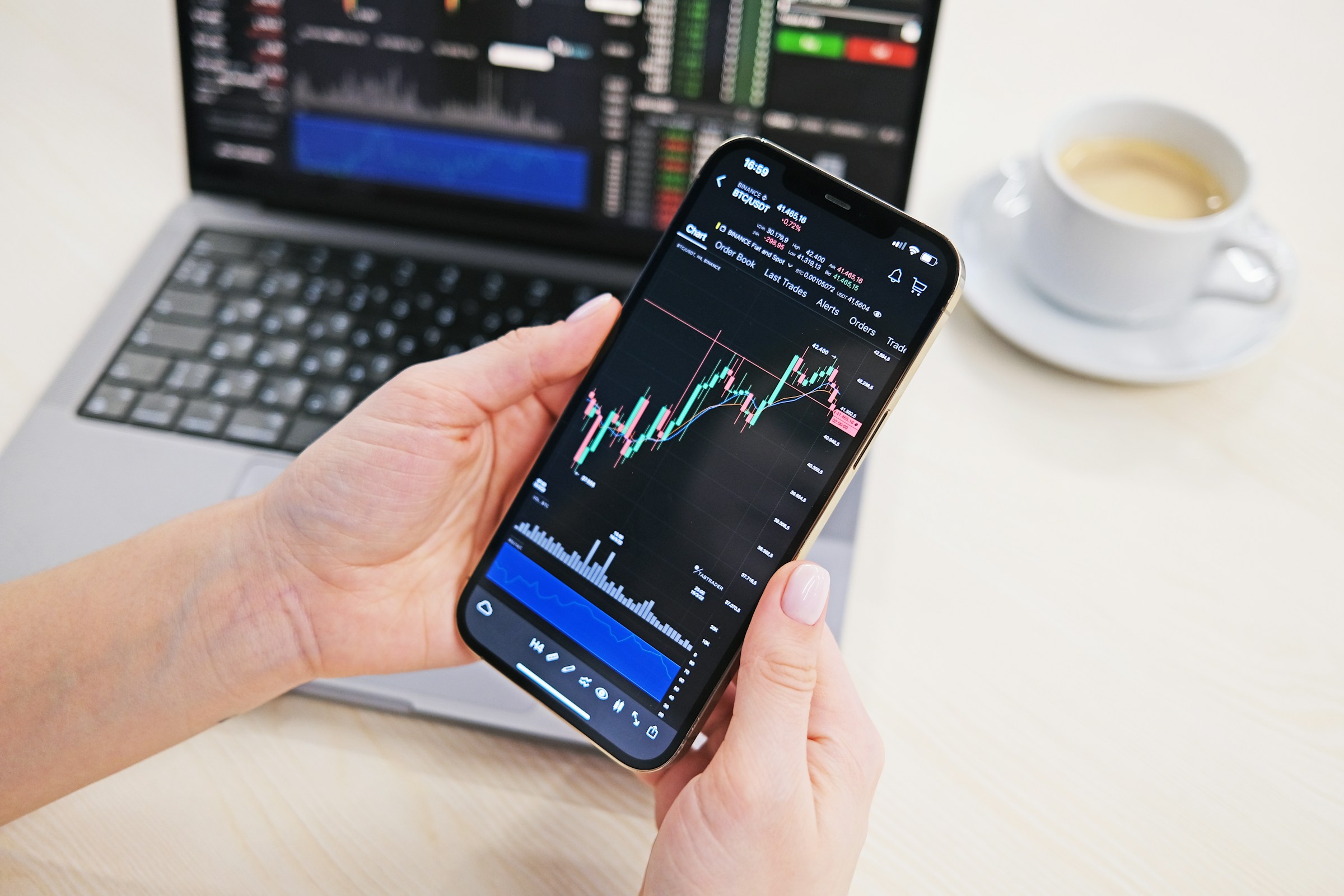
AI trading systems start with data. They pull historical price series, tick data, order book depth, and aggregated volume from market data feeds and broker APIs. Then they add fundamentals such as earnings, balance sheets, and analyst estimates. Next, they ingest newswire text, SEC filings, social media posts, and alternative data like web traffic, satellite counts, and credit card flows.
Engineers clean timestamps, fill gaps, normalize scales, remove duplicates, and align records across sources so features match the exact market moment. They store data in optimized formats for fast training and live inference, and they add metadata for audit trails and compliance. Which data source would have the most significant impact on your strategy: tick data for microstructure work or alternative data for event driven setups?
AI uses pattern recognition and quantitative models to find repeatable signals. Supervised learning maps past features to future returns. Unsupervised methods cluster regimes or detect anomalies. Deep learning models such as LSTM and transformer architectures model time series non-linearities, while convolutional networks can read price charts as images. Traditional quant techniques remain vital: cointegration tests, factor models, momentum and mean reversion statistics, and statistical arbitrage frameworks.
Teams prevent overfitting with cross-validation, walk-forward tests, regularization, and rigorous backtesting under realistic transaction cost assumptions. They tune hyperparameters with grid search or Bayesian optimization and combine forecasts via ensemble models to improve stability. Do you focus on a single model family or assemble ensembles for smoother signals?
Natural language processing transforms text into features for trading. Models tag entities, detect events, and compute sentiment analysis from news, analyst notes, and social streams. Modern transformers capture nuance and sarcasm better than simple lexicons, and fine-tuned classifiers assign impact weights to headlines. Systems filter noise by identifying bot traffic and low-quality sources, then blend sentiment with volume and price signals to gauge conviction. Sentiment can trigger event-driven trades or act as a lagging confirmatory feature for momentum strategies. Teams track how sentiment features decay over time and test causality, not just correlation, before letting a model trade on them.
Signal generation converts predictions into tradeable recommendations. Models output probability or expected return forecasts that strategies convert to entry and exit rules, stops, and size. Risk models translate forecast confidence into position sizing using volatility scaling, Kelly-based rules, or portfolio-level optimization. Good pipelines simulate realistic fills, factor in slippage and commissions, and run millions of backtests with parameter variation to estimate drawdown and tail risk. They tag trades by regime and instrument so managers can analyze which signals work where. How strict should your thresholds be before a model sends a live order?
Execution systems turn signals into orders while managing market impact. Trading bots use intelligent order routing and execution algorithms such as VWAP and TWAP to slice large orders and reduce slippage. Low-latency setups emphasize co-location, fast market data feeds, and optimized order routing, while retail-focused systems prioritize robustness and broker integration via FIX, REST, and WebSocket APIs. Live controls include position limits, kill switches, circuit breakers, and real-time monitoring for stale signals or system failures. Teams simulate fills in paper trading first and compare simulated performance to live fills to detect execution bias.
Platforms present signals and explanations through dashboards and natural language assistants. Explainable AI tools produce feature attributions using methods such as SHAP, enabling traders to see which inputs drove a prediction. Interactive builders let users backtest variations, adjust risk controls, and schedule retraining.
Monitoring pipelines detect model drift by tracking out-of-sample performance, distribution shifts, and data quality alerts, then trigger retraining or human review. Alerts can surface regime changes, abnormal volatility, or failed pipelines, so managers act quickly. What metrics would you want visible on a dashboard to trust a model before allocating capital?

Machine learning powers predictive models that scan price histories, volume, volatility, and alternative data for repeatable patterns. Supervised methods learn a mapping from engineered features to target labels such as next-day return or bounce probability. Unsupervised methods find clusters, regime shifts, and anomalies that signal structural change.
Reinforcement learning trains agents that manage position sizing and trade timing through simulated reward feedback. Teams focus on feature engineering, cross-validation, regularization, and walk-forward testing to avoid overfit and preserve real-world edge. Which features have given you the best predictive lift so far
Deep networks handle raw, high-dimensional inputs and uncover nonlinear interactions that classical models miss—convolutional nets spot chart-like motifs in price and volume arrays. Recurrent nets and LSTM models capture temporal dependencies in ticks and bars. Transformer models and attention mechanisms parse long-term context across news, macro series, and cross-asset correlations.
Autoencoders compress noisy inputs to robust latent factors used for signal generation and portfolio construction. Training these models needs GPU or TPU compute, careful hyperparameter tuning, and techniques such as early stopping and dropout to keep models generalizable for live trading.
NLP transforms unstructured text into interpretable inputs for predictive systems. Token embeddings and contextual models encode meaning from earnings transcripts, analyst notes, SEC filings, and social media threads. Named entity recognition and event extraction surface corporate actions, guidance changes, and merger rumors.
Sentiment scoring and emotion detection quantify market feelings, while topic modeling isolates thematic drivers like supply chain issues. Teams combine real-time news feeds and historical text to align event timestamps with market moves and test for causal impact on returns.
Algorithmic trading automates order placement using execution algorithms, order routing, and transaction cost analysis. Execution strategies like TWAP and VWAP aim to minimize market impact while smart order routers split flows across venues. High-frequency systems rely on colocation, optimized FIX stacks, and kernel-level networking to trim microsecond delays. Slippage models and simulated execution during backtesting ensure the strategy survives real market friction. How do you measure execution quality in your system?
Quant teams build factor libraries that explain cross-sectional returns and time series behavior. Momentum, value, carry, and quality factors feed multi-factor regressions and risk models. Risk allocation uses mean-variance methods, shrinkage estimators, and robust optimization to balance expected alpha, turnover, and drawdown control. Volatility forecasting models, including GARCH and realized volatility estimators, set dynamic leverage and stop levels. Backtesting frameworks incorporate transaction cost models and scenario stress testing to validate capacity and scaling limits.
Automated bots execute strategies end-to-end from signal ingestion to order placement. They enforce position limits, exposure rules, and kill switches when anomalies occur. Simulation and paper trading let teams validate bots against market microstructure before live deployment. Audit trails, version control, and explainability layers support compliance and post-trade analysis. Many platforms offer pre-packaged strategies, but you should require transparent performance records and access to the strategy logic before committing capital. Want a checklist for vetting a strategy provider.
Signal pipelines combine technical indicators, alpha factors, and sentiment scores into ranked trade ideas. Ensemble methods blend tree models, neural nets, and statistical screens to reduce model risk. Each signal carries a confidence score derived from out-of-sample performance, recent decay, and regime sensitivity. Signal weighting engines consider diversification, correlation, and liquidity when creating trade lists. Teams monitor signal drift and retrain frequently so alpha signals keep pace with changing market behavior.
A robust data stack ingests tick feeds, exchange data, macro releases, and alternative sources such as satellite imagery, credit card flows, and web traffic. Data cleansing, deduplication, and time alignment remove look-ahead bias and nasty ticks. Feature stores serve pre-computed inputs to models in both batch and streaming modes. Tools like Kafka and Kinesis handle ingestion, while in-memory stores and low-latency databases supply live features for execution. Continuous monitoring checks for pipeline breaks, data drift, and schema changes to prevent model degradation.
.jpg)
AI handles market data and order execution at speeds humans cannot match. Low-latency models and execution algorithms scan feeds, route orders, and adjust them to reduce slippage. High-frequency trading teams use predictive signal generation to act on microsecond price moves, while retail robo-advisors use fast rule-based algorithms to rebalance portfolios when conditions shift. Do you want to cut execution delays and reduce manual errors at the same time?
AI ingests price history, fundamentals, alternative data, sentiment from news and social media, economic indicators, and order book depth. Feature engineering and real-time analytics convert that raw input into trading signals and probability estimates. Backtest and walk forward validation test models against unseen periods so you can reduce overfitting and quantify edge. Which alternative data would change your view of a stock?
Deep learning and ensemble methods find nonlinear patterns across time series, seasonality, and cross-asset relationships that simple models miss. Pattern recognition can flag regime changes, predict volatility spikes, and detect anomalies in market microstructure. Proper model validation and regular retraining keep predictions calibrated to current market behavior while avoiding model drift.
AI follows rules without fear or greed. Systematic strategies enforce position sizing, stop loss levels, and risk limits on every trade. That creates consistency in execution and makes risk management repeatable. Human oversight still sets strategy and reviews exceptions, while the system enforces discipline in live markets.
AI watches markets around the clock. It scans international exchanges, futures, and crypto markets for cross-market signals. Automated monitoring triggers alerts and executes orders outside regular human hours, capturing opportunities across time zones. Real-time streaming data and event-driven triggers keep strategies responsive at all hours.
Automation lowers labor needs for routine tasks such as data cleaning, signal generation, and trade routing. Execution algorithms aim to minimize market impact and fees. Cloud computing allows you to scale processing only when needed, which trims infrastructure cost. Systematic strategies can free capital to focus on research and model improvement.
AI scales across symbols, markets, and time frames without linear increases in headcount. Parallel model training, containerized deployment, and distributed data stores let you run many strategies in production. Portfolio optimization and risk aggregation engines manage exposure across thousands of positions and adjust allocations dynamically.
Automated risk engines measure value at risk, concentration, and liquidity metrics in real time. Compliance modules log decisions, track model versions, and produce audit trails for regulators. Execution controls prevent rule breaches and enforce pre-trade limits so operational risk stays under control.
AI tools support experiments, backtests, paper trading, and live validation. Model governance practices include version control, performance monitoring, and retraining schedules. That reduces the chance of unseen failure modes and helps you know when a model loses edge. How would you build a validation checklist for your next model?
Feature selection, ensemble models, and signal-to-noise analysis help isolate durable alpha. Combining diverse signals reduces single-source failure. Ongoing performance attribution reveals which signals add value and which inflate risk. Continuous monitoring lets you retire weak signals before they erode returns.
Smart order routing, iceberg orders, and adaptive execution algorithms adjust order size and timing based on liquidity. AI models learn patterns in market microstructure and adapt execution tactics to reduce transaction costs. Latency optimization and colocated infrastructure matter when you chase tiny edges.
Which trading bot is right for you? Take our free Trading Bot Match Quiz and get a personalized recommendation based on your budget, goals, and risk tolerance in under 60 seconds. We’ll also send you a free e-book with honest reviews, performance stats, and red flags to avoid in the trading bot world. Whether you are looking for hands-off profits or a high-performance AI tool, this guide helps you make the smartest choice. Click here to take the quiz and get your free report.
The quiz asks concrete questions about capital size, time you can commit, preferred markets, and acceptable maximum drawdown. We translate your answers into practical filters: suitable timeframes, execution styles, and required infrastructure. That means matching you with bots that use algorithmic trading approaches such as momentum strategies, mean reversion, statistical arbitrage, or machine learning driven signal generation. The assessment factors in data needs, latency tolerance, broker API compatibility, and whether you need cloud compute or GPU acceleration for model training.
The e-book lays out backtesting methodology, live track record examples, and how to read performance metrics such as Sharpe ratio, Sortino ratio, max drawdown, and risk-adjusted returns. You will find explanations of common pitfalls like overfitting, look-ahead bias, and curve fitting, plus details on how slippage, commission, and order execution reduce theoretical returns. The reports show model types including random forest, XGBoost, LSTM, and reinforcement learning, and they cover feature engineering, cross-validation, and walk-forward testing so you can spot honest reporting versus marketing spin.
Which data feed does the bot use, and how often is it updated? Does the system rely on price and volume, or does it incorporate alternative data such as social sentiment, news via natural language processing, or satellite and web-scraped inputs? We explain the differences between supervised learning for predictive signals, unsupervised learning for regime detection, and reinforcement learning for automated execution. You will see how ensemble methods and model interpretability tools help manage model drift and explain decisions to regulators or internal stakeholders.
Do you want passive automation or a tool that requires active oversight? Which metrics do you prioritize: equity curve growth, drawdown control, or consistency of returns? Can you tolerate higher variance for higher expected alpha, or do you prefer steady, low volatility returns? How much capital are you willing to allocate to testing and scaling, and which brokers and markets do you want access to?
We match your answers to vetted strategies and AI tools for stock trading using a checklist that includes backtested and live performance, data inputs, model architecture, execution quality, and risk controls. The free e-book and report make it easy to compare candidates on metrics that matter: Sharpe, drawdown, trade frequency, slippage assumptions, and required infrastructure. Click here to take the quiz and get your free report.